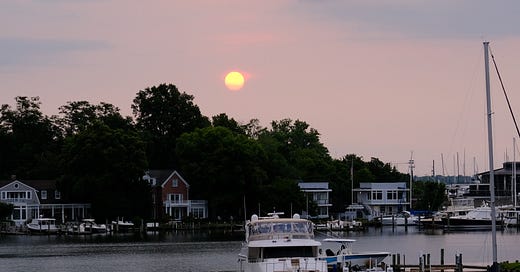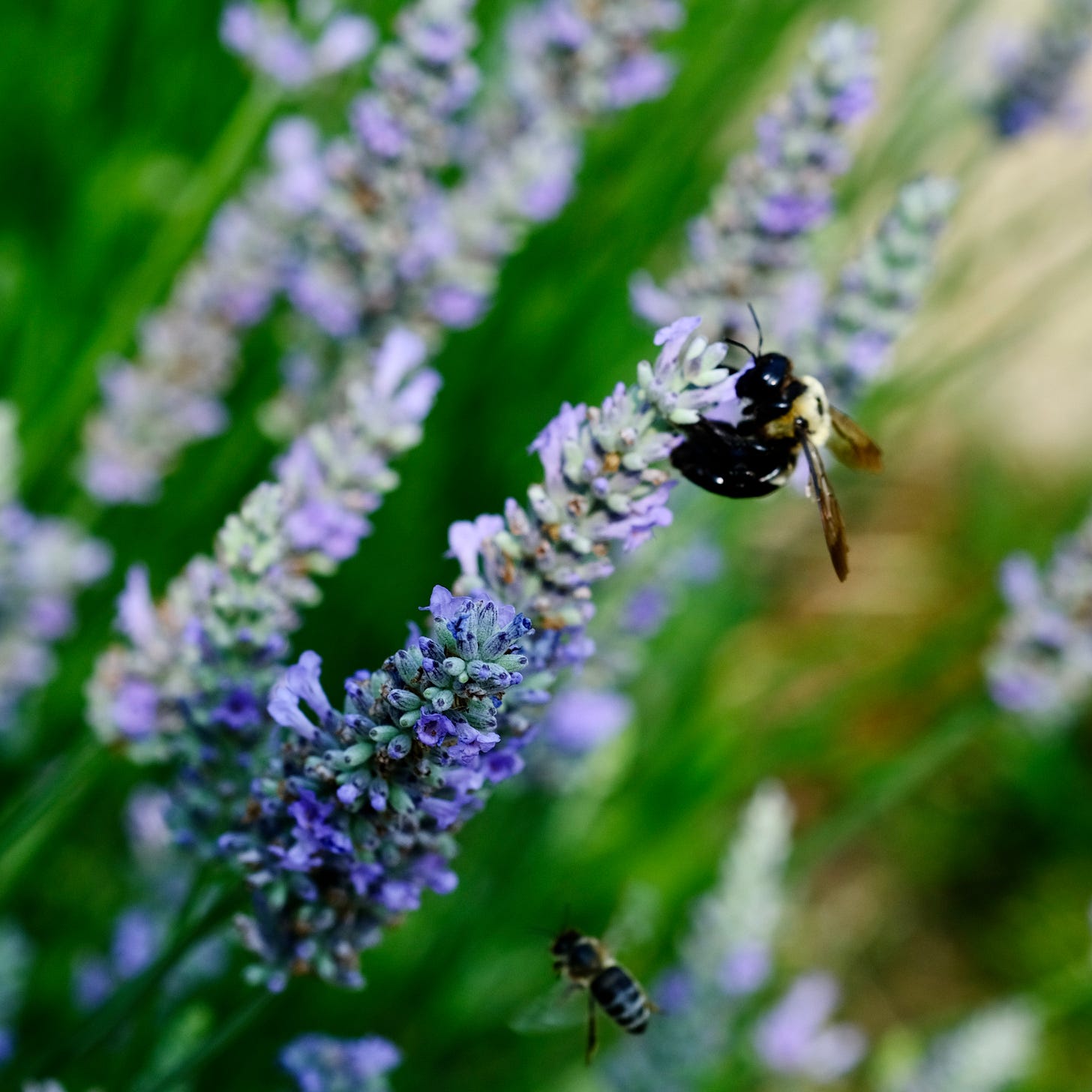This Monday, 19th from 5-6.30 pm eastern Roy and Arminda Kamphausen will discuss ‘Life in the Attaché Lane’ in our Timely Topic webinar series. Roy served as an Army Attaché in the Middle Kingdom twenty plus years ago, serving during the EP-3 incident (April 2001) among other events. He also worked in Secretary Rumsfeld’s Office of the Secretary of Defense. He is now head of the National Bureau of Asian Research.
Arminda and Roy both attended Wheaton College west of Chicago. She served in an equally relevant Attaché post as wife and mother during the Beijing tour. At that juncture, Mindy taught at Capitol Normal University while Roy was training for his tour and upon their arrival. Later during their Beijing time, she also served at the American Center for Education Exchange helping to oversee the Fulbright program in China. Mindy is Director of the Global & Sustainability Initiatives at the University of Connecticut Business School. Together, they will provide clarity on what our Attaché Corps confronts along with exploring how it affects family life. This is guaranteed to be eye-opening. The link is at the bottom of this column.
I have written at least two columns about the scorching heat in China where the infrastructure still probably doesn’t support relief as ours generally does in the west. A high pressure ridge extends between Inner Mongolia and Liaoning, a far northeastern province with shoreline along the Yellow Sea. This moves the heat considerably further northeast from the extended heatwave in Sichuan which dragged on for weeks, or that more recent record heat last month.
Interior cities slightly south of the capital were even warmer than Beijing’s 102 degree temperature. Those conditions led to a capital city under Orange Alert. Press reports reminded the public that this would stress the electrical grid. That statement alone is rather surprising since Chinese officials rarely acknowledge any possible failings of anything. Local officials noted the country should anticipate repeated extreme weather events, such as this heat and the predicted massive rainfall in the southwest this weekend. The government meteorologist closed their remarks noting that the expected El Niño building around the globe is a serious problem but they certainly can’t blame last year’s torrid heat on that problem. (Cue climate degradation)
I heard earlier this week that Threave, a Scottish town in a country invoking monsters and soaring snow-covered Highland peaks rather than bikinis, also was experiencing its second heat wave recently with temperatures hitting 87.3 degrees Fahrenheit on 12 June. (I can assure you that it was nowhere near that temperature when we were in Scotland 51 weeks ago as the cold penetrated my husband’s blazer in a manner I doubt he will ever forget.) The weather people said this would last through next week, then reappear later in the summer. Remember the reports of London with no air conditioning last year? This is Scotland where air conditioning is opening the windows. But that will create a furnace in most cases with these conditions.
Spain hit more than 100 degrees Fahrenheit earlier this week with forecasts of perhaps ten more degrees’ rise this summer. This coincides with considerably more droughts across the continent, wildfires in most countries, and extreme cold during the winter that far outpaced normal. In short, Europe’s weather is markedly more volatile over the past decade, undermining the ability for European farmers to produced the food stuffs for which the continent is known. Coupled with the Ukraine war cutting off traditional grain from that breadbasket, food security looks considerably different today than at the turn of the twenty-first century. Food security.
And just for the trifecta, meteorologists detect a fairly significant shift between the historic propensity for intense and dangerous tornadoes in Oklahoma and Texas to locations east, risking repeated damaging events in Kentucky, Alabama, and Tennessee. Broadening the danger zone means far more people are at risk, many of whom live in somewhat poorer accessed areas. A massive tornado in Texas this week made the point as did the ones in Kentucky, Tennessee, and Alabama a few days ago.
We know that rain patterns west of the Mississippi left much of region for years far below traditional rainfall amounts until this year’s repeated drenching storms which reverse the dangers for now. However, as true with the prior two regions, meteorologists warn that the dangers of far too little water but far too many violent weather events remain high for the foreseeable.
As I have noted a couple of times, we are woefully under the average rainfall amounts in the Annapolis area—average amounts are more than 10 inches higher than where our rain gauges sit. We had a welcome but exceedingly brief storm late morning. I doubt we got even a hundredth of an inch though I am sure the thirsty plants welcomed the rain. Things are generally still green but it’s not the lush green of mid-June but the weary fade of mid-September. Oh, dear.
The long and short of it is that drought and tiresome extraordinary heat cause consequences. That is not an excuse but tempers fray, foodstuffs are less available but more expensive (that supply and demand thingy kicks in), and the cycle continues. No wonder many folks go north in the Northern Hemisphere summer but relief is not as robust today as it was generations ago. And the implications appear only beginning to dawn on us. Yet we still don’t focus on this as systemic change. Why not? Or, better, what are we willing to do about it?
I have retrieved two long-sleeved canvas shirts since I started typing as we work outside on our balcony overlooking Spa Creek in Annapolis. It’s chilly this afternoon but I know the comfort won’t last as hints of humidity already lurk. Additionally, the sunrise this morning had that horrible smoke-induced cover reminiscent of last week’s smokebomb from Canada. Climate deterioration rarely withdraws far these days, does it
?
I hope you will be outside for part of the weekend as it’s a tonic, for me at least, to feel the sunlight, smell the freshness, and savour the longer days. I realise some eagerly seek the return of fall and winter but I prefer the extended joy and zen of light. Thank goodness the pollinators still come, too. FI
N
European Environment Agency, ‘What could the summer bring? Is extreme weather the new normal?’, 13 June 2023, retrieved at https://www.eea.europa.eu/en/newsroom/news/what-could-the-summer-bring
‘Scotland records hottest day so far as heat wave hits’, BBCNews.com, 13 June 2023, retrieved at https://www.bbc.com/news/uk-scotland-65879819
‘How ‘Tornado Alley’ Is Shifting?’ 16 June 2023, retrieved at https://www.bbc.com/future/article/20230616-how-tornado-alley-is-changing
Yvonne Sun, ‘Northern China Feels the Heat as El Niño Summer Looms’, SCMP.com, 16 June 2023, retrieved at https://www.scmp.com/news/china/science/article/3224356/northern-china-feels-heat-el-nino-summer-looms
Cynthia Watson is inviting you to a scheduled Zoom meeting.
Topic: Life in the Attache Lane with Mindy & Roy Kamphausen
Time: Jun 19, 2023 05:00 PM Eastern Time (US and Canada)
Join Zoom Meeting
https://us06web.zoom.us/j/89716959343?pwd=bDJjZjMwU1cyeWRteHZ4cTlDNTJBdz09
Meeting ID: 897 1695 9343
Passcode: 310540
---
One tap mobile
+13017158592,,89716959343#,,,,*310540# US (Washington DC)
+13126266799,,89716959343#,,,,*310540# US (Chicago)
---
Dial by your location
• +1 301 715 8592 US (Washington DC)
• +1 312 626 6799 US (Chicago)
• +1 646 931 3860 US
• +1 929 436 2866 US (New York)
• +1 305 224 1968 US
• +1 309 205 3325 US
• +1 253 205 0468 US
• +1 253 215 8782 US (Tacoma)
• +1 346 248 7799 US (Houston)
• +1 360 209 5623 US
• +1 386 347 5053 US
• +1 507 473 4847 US
• +1 564 217 2000 US
• +1 669 444 9171 US
• +1 669 900 6833 US (San Jose)
• +1 689 278 1000 US
• +1 719 359 4580 US
Meeting ID: 897 1695 9343
Passcode: 310540
Find your local number: https://us06web.zoom.us/u/kjuG7ZiX





